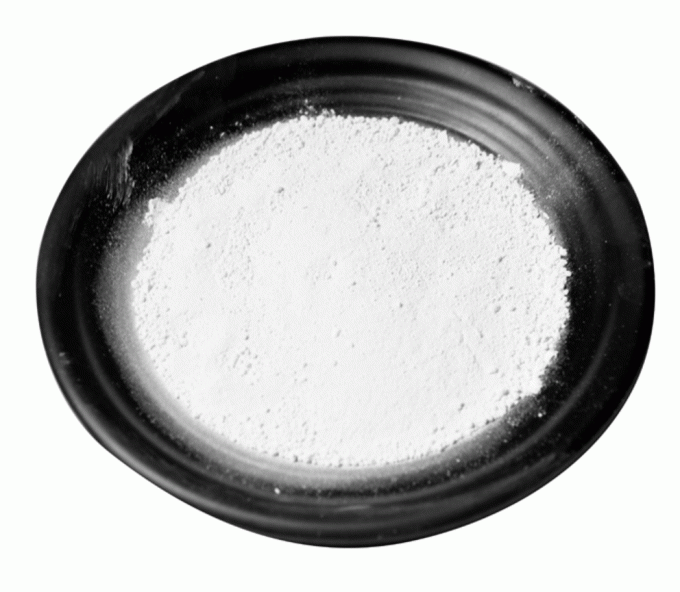Titanium Dioxide-Free Food Coating Market Experiences Rapid Growth Amid Health Conscious Consumer Trends

As health consciousness continues to grow among consumers, the food industry is undergoing a major transformation. One of the most notable changes in recent years is the shift towards titanium dioxide-free food products. Titanium dioxide (TiO₂), a common food additive used as a whitening and opacifying agent in various food products, has come under scrutiny due to potential health concerns. Regulatory bans and changing consumer behavior are fueling demand for safer, natural alternatives, leading to a new era in food coating innovation.
Understanding Titanium Dioxide and Its Traditional Use
Titanium dioxide has been widely used in the food industry for decades, particularly in products such as candies, chewing gum, pastries, dairy products, and sauces. It helps to enhance the visual appeal of foods by giving them a bright white color and improving texture uniformity. Despite its widespread use, concerns have arisen regarding its safety. Several studies have suggested that nano-sized TiO₂ particles could potentially accumulate in the body and pose health risks.
The European Food Safety Authority (EFSA), in 2021, concluded that titanium dioxide can no longer be considered safe as a food additive, which led to its ban in the European Union. Following this, food manufacturers began exploring natural and safe alternatives to maintain product quality and safety.
Market Drivers for Titanium Dioxide-Free Alternatives
The titanium dioxide-free food market is being driven by several powerful forces:
-
Health and Safety Concerns: Consumer awareness regarding chemical food additives is at an all-time high. As people seek cleaner labels and fewer synthetic ingredients, demand for titanium dioxide-free food coatings is increasing.
-
Regulatory Pressures: Bans and warnings by global food safety authorities have accelerated the transition. With the EU already banning TiO₂ and the U.S. FDA under pressure to reassess its safety, many manufacturers are proactively reformulating products.
-
Clean Label Movement: Shoppers now prefer products with minimal processing and recognizable ingredients. This trend is pushing brands to adopt transparent labeling and remove questionable additives like titanium dioxide.
-
Innovation in Natural Coatings: Advances in food technology have led to the development of natural alternatives like rice starch, calcium carbonate, and plant-based whitening agents. These not only meet safety standards but also maintain product aesthetics.
Key Market Segments and Growth Potential
The titanium dioxide-free food market is segmented based on product type, application, and geography. Key product types include natural pigments, starches, and other plant-derived coatings. Applications span across confectionery, bakery, dairy, sauces, and ready-to-eat meals.
Geographically, Europe leads the market due to regulatory enforcement, followed closely by North America, where consumer advocacy groups are influencing industry reform. Asia-Pacific is emerging as a significant growth region due to rising awareness and tightening food safety regulations.
The market is expected to grow at a CAGR of over 6% through 2030. Innovations in natural coloring technologies and investment in R&D are projected to drive sustained growth.
Challenges in Transitioning from Titanium Dioxide
Despite the momentum, there are challenges to removing titanium dioxide from food products:
-
Cost of Alternatives: Natural coatings may be more expensive than synthetic ones, affecting profit margins.
-
Technical Performance: Titanium dioxide provides excellent opacity and brightness. Replacing it without compromising appearance, texture, or shelf life is a major hurdle.
-
Supply Chain Adjustments: Food manufacturers need to reconfigure sourcing and production processes, which can be time-consuming and costly.
Nevertheless, companies that invest early in titanium dioxide-free solutions stand to gain consumer trust and long-term market advantage.
Future Outlook and Opportunities
The titanium dioxide-free food coating market presents a promising frontier for clean-label innovation. With rising pressure from both regulators and health-conscious consumers, manufacturers are expected to continue investing in research and development. Startups and ingredient suppliers offering safe, effective alternatives will play a crucial role in shaping the market.
Collaborations between food producers, researchers, and policymakers will also be key to ensuring food safety while maintaining product appeal. Companies that adapt quickly and transparently will likely emerge as leaders in the new, additive-free era.
- Art
- Causes
- Crafts
- Dance
- Drinks
- Film
- Fitness
- Food
- Games
- Gardening
- Health
- Home
- Literature
- Music
- Networking
- Other
- Party
- Religion
- Shopping
- Sports
- Theater
- Wellness


